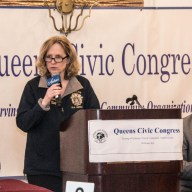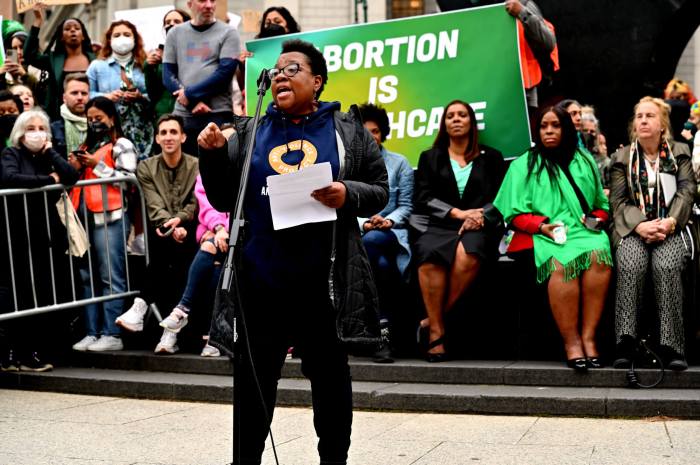By Anna Gustafson
Life was hectic for Paula Edgar when she attended the City University of New York’s School of Law.
Edgar, who now runs a Manhattan−based nonprofit that helps minority law students, got married during her first year of law school and had a daughter in the second year — leaving her almost no free time and much to do even when she needed to be studying for the bar exam, the test a graduate must pass in order to practice law in the state.
While it was not easy going to school at the same time as being a mother and newlywed, Edgar felt she got “a lot of support” from her professors and administrators, including their giving her and other new mothers a separate room to feed their infants.
“And the professors were always available, no matter what time it was,” she said. “That was important for me, being able to reach them at hours that weren’t during typical school hours.”
It was that support, as well as newly implemented coursework, that Edgar said helped her and many of her classmates to pass the bar on her first try in 2006. She was joined in that effort by 77 percent of her class — a 9 percent jump over the 68 percent who passed in 2005 and a 22 percent leap over the 55 percent who passed five years ago. The statewide average pass rate for first time bar exam test takers is 79 percent.
Last year, the school announced 83 percent of the Flushing school’s students passed the bar on their first try, and school officials said they anticipate the school’s bar pass rate will continue to rise, thanks to a curriculum change and focus on supporting students financially during the several months between graduation and when they take the exam.
“We now have a four−credit course that reviews the bar subjects and there’s an essay writing course that Professor Mary Lu Bilek runs,” CUNY Law Dean Michelle Anderson said.
Because many of CUNY Law’s students, who make the school one of the most diverse law schools in the country and hail from more than 20 different countries, often come from financially disadvantaged backgrounds, they have had to take jobs after graduation instead of pouring all of their efforts into studying for the bar.
The combination of needing to take on a job and of often having to raise families post−graduation and before the bar made it difficult for students to pass the test because they have little time to study, Anderson said.
“It was an economic problem, not a problem of study smarts,” said Anderson, who became dean in 2006. “It was a question of providing time for studying. Many of our students weren’t able to get loans right after graduation and they were in the worst financial situations. That’s why we created the grant program.”
The grant program enables students to receive money they do not need to repay from the college and use that to support themselves before taking the bar. Last year about 10 percent of the class took advantage of the grant program, which is funded by private foundations and CUNY’s chancellor.
“While I didn’t use the bar grant program, I knew a lot of people who did, and it made a big difference,” said Edgar, now the executive director of the nonprofit Practicing Attorneys for Law Students Programs, a group that helps minority students enter the law profession. “You don’t want to have to think how you’re going to be able to eat while studying for the bar.”
Alongside financial assistance, school officials said the new coursework has helped them raise their rate of students who pass the bar — a test CUNY Professor Sameer Ashar said “is not made for our students.”
“It’s made to reduce access to the profession and it feels like an arms race where people are paying more and more to get through these hoops to do what they want,” Ashar said. “We’re trying to get students into public service and public interest. We have students who are the first in their families to go to college, we have students who are the children of immigrants or immigrants themselves and the arms race really hurts us.”
Natalie Gomez−Velez, a professor and the associate dean for academic affairs, and Ashar agreed that the new coursework, with its focus on preparing students for the test, has helped usher in the better bar pass rates.
“My colleagues spend a lot of time working one−on−one with students on test−taking and essay−writing skills,” Ashar said. “My colleagues will write midterms and final exams that represent some part of what the bar exam looks like. We give students constructive feedback and the faculty really counsel the students through their anxiety.”






























